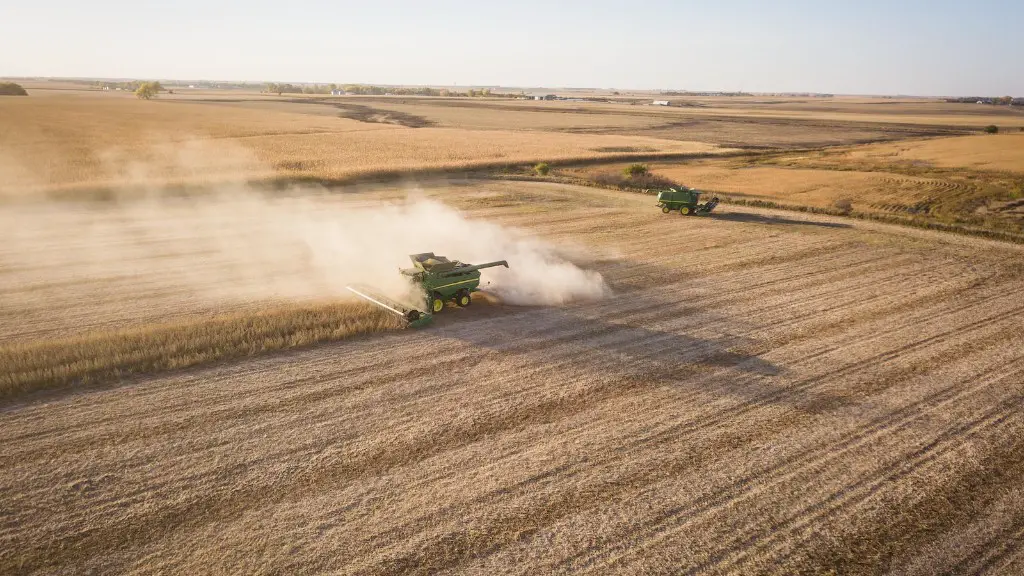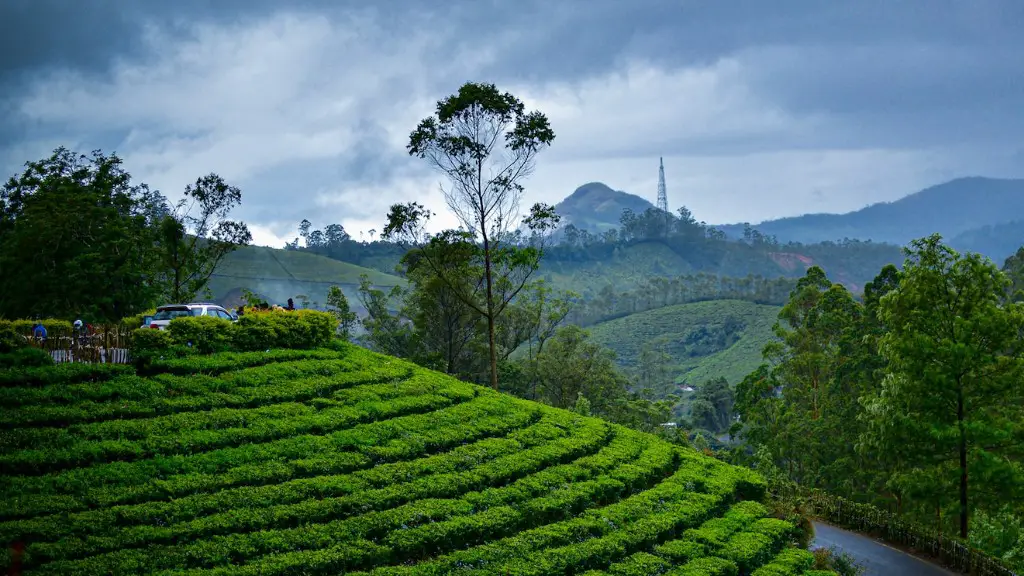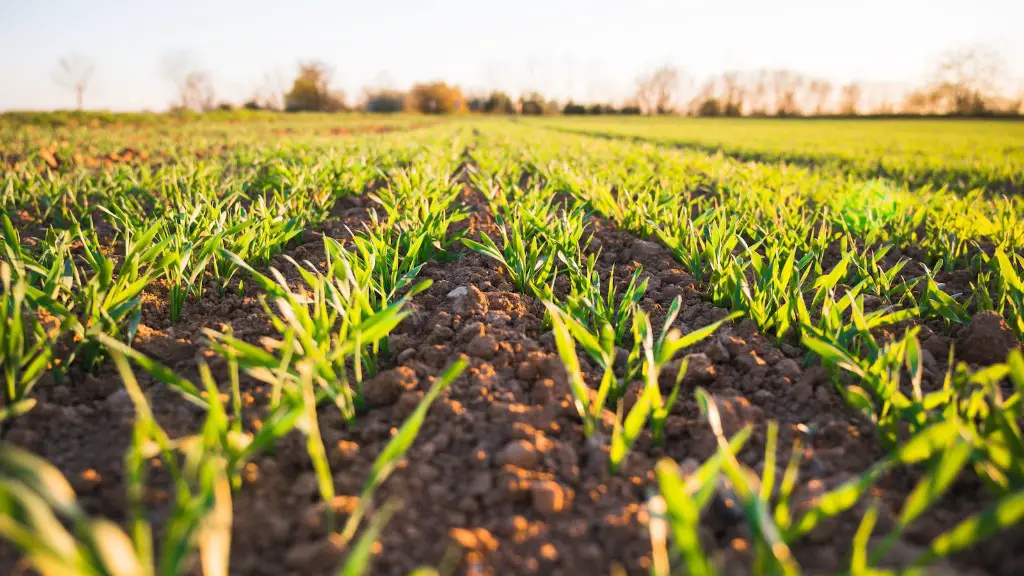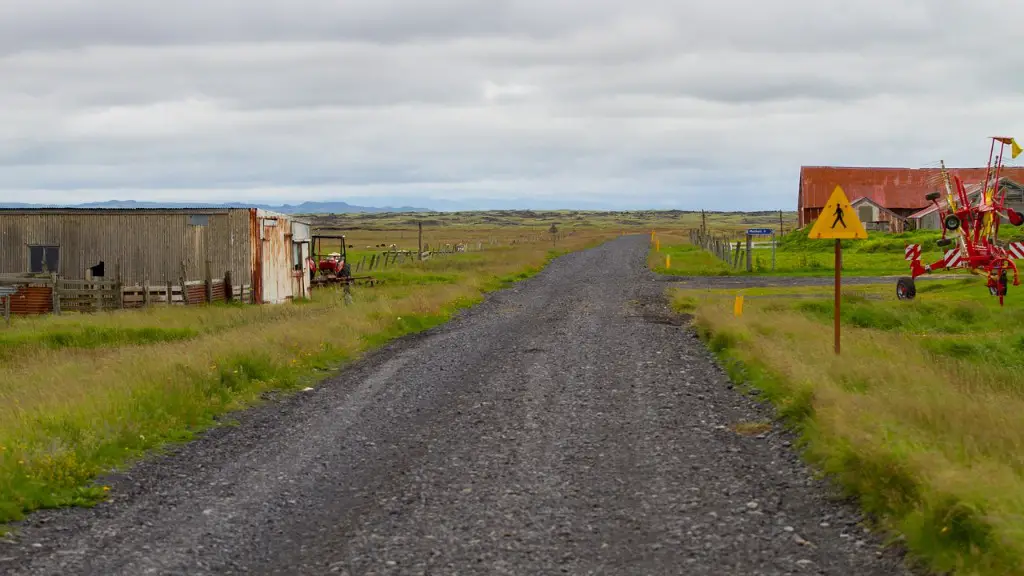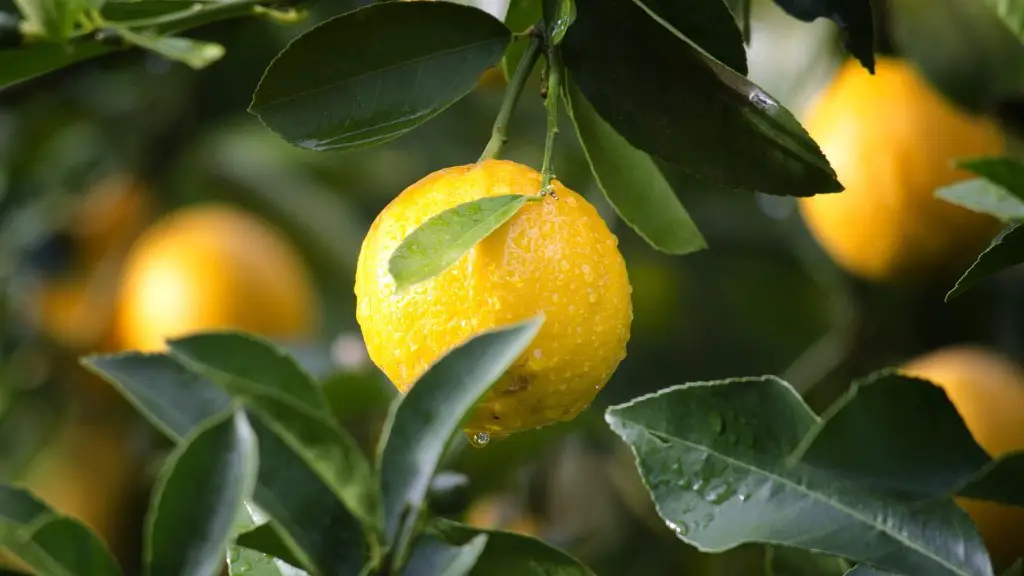Agriculture Secretary is a title given to the person in charge of the US Department of Agriculture (USDA). The incumbent is Tom Vilsack, who was appointed to the position in 2009. The Agriculture Secretary is responsible for developing and implementing policies that support and promote the agricultural industry. They are also in charge of managing the department’s budget, setting policy initiatives, and carrying out regulatory and statutory functions. To be successful in the role, Agriculture Secretary must have extensive knowledge of the agricultural industry and be able to identify and address the changing needs of the sector.
The Agriculture Secretary is responsible for the oversight and implementation of the Farm Bill, which is the primary law that governs agricultural programs in the US. As part of the Farm Bill, the Secretary oversees programs such as the Supplemental Nutrition Assistance Program (SNAP) and the Conservation Reserve Program (CRP). They also advise the USDA in its efforts to conserve natural resources, promote agricultural research and development, and provide disaster aid.
The Agriculture Secretary must ensure that the agricultural sector develops in a sustainable manner and that US farmers produce a safe and nutritious food supply. They are also responsible for advising the President and Congress on food-related issues and for helping ensure that US farm exports are competitive in the global marketplace. Furthermore, the Agriculture Secretary engages in international agricultural policy discussions in order to strengthen the US position in foreign markets.
The Agriculture Secretary must be able to build consensus and develop programs with a wide variety of stakeholders, including agricultural producers, environmental advocates, and the public. They must also be able to manage multiple tasks and stay organized while effectively balancing agricultural and environmental interests.
Tom Vilsack has had a successful tenure as USDA Secretary. Under his leadership, the USDA has strengthened its efforts to promote sustainable agriculture and provide economic opportunities for rural Americans. The USDA has also improved its services to agricultural producers and has taken steps to promote healthy and nutritious diets. Additionally, Vilsack has worked to provide access to rural healthcare and affordable housing for rural Americans.
What is the USDA?
The United States Department of Agriculture (USDA) is the lead federal agency in charge of developing and promoting food, agricultural, and natural resource policy in the US. The USDA is headed by the Agriculture Secretary, who is responsible for executing the duties of the department. Its mission is to “provide leadership on food, agriculture, natural resources, and related issues through sound public policy and science-based decision-making that best serves American agriculture and global markets.”
The USDA has several key responsibilities, including setting agricultural research and education policies, delivering and administering farm loans and subsidies, and managing conservation programs. It is also responsible for food safety and nutrition, dietary guidelines, and promoting food security both domestically and abroad. The USDA is also involved in enforcing the Animal Proclamation Act, which outlines the steps that farmers and agricultural businesses must take to ensure animal welfare.
The USDA is divided into several different agencies and divisions, including the Forest Service, Grain Inspection Packers and Stockyards Administration, Natural Resources Conservation Service, National Agriculture Statistics Service, Food and Nutrition Service, Rural Development, and Farm Service Agency.
The USDA works closely with other federal, state, and local governments, agricultural industry stakeholders, and foreign governments. It is responsible for maintaining a safe, secure, and nutritious food supply, as well as fostering economic development in rural areas and supporting international food aid programs.
What are the Goals of the USDA?
The USDA’s goals are to support the conservation of natural resources, promote agricultural productivity and trade, and to improve the food and nutrition security of the American people. It aims to build a strong agriculture and food economy, to protect and improve the environment, and to promote safety and health in the food supply. The USDA Global Strategies are also focused on achieving the following objectives: increasing global market access for US agricultural exports, enhancing global food security, and advocating for robust agricultural biotechnology regulations.
The USDA is also responsible for promoting the health of animals, plants, and soil, and protecting ecosystems from degradation, as well as providing agricultural research, educational opportunities, and consumer protection. The USDA is also responsible for promoting healthy communities and addressing the growing challenges of climate change.
The USDA has set a goal of protecting 30 percent of US land and water by 2030 in order to preserve ecosystems and promote biodiversity. This goal is outlined in the 30 x 30 initiative, which calls for a commitment to conserving 30 percent of the planet’s land and water by 2030. The initiative seeks to conserve and protect natural environments, while also creating well-managed working lands to bolster economic activities, encourage recreational activities, and implement measures to combat climate change.
In addition to its role in conservation, the USDA seeks to ensure access to safe, healthy food for all Americans, regardless of income or where they live. To do this, the USDA has developed the Healthy Food Access Portal in order to connect individuals and families to fresh, healthy, and affordable food options.
What Programs Does the USDA Fund?
The USDA funds a variety of programs related to food security and nutrition, rural development, agricultural research and education, crop insurance and disaster assistance, and conservation. These include SNAP (formerly known as food stamps), the Supplemental Nutrition Assistance Program for Women, Infants and Children, or WIC, the Special Supplemental Nutrition Program for Women, Infants and Children, and the National School Lunch Program.
The USDA also funds conservation and management programs, such as the Conservation Reserve Program and the Conservation Stewardship Program, which promote soil and water conservation, the planting of trees, support for wildlife habitats, and other conservation measures. It also funds agricultural research and educational programs, such as the Cooperative Extension System, which serves producers by conducting research and offering educational assistance to farmers, ranchers, and other agricultural producers.
The USDA provides loans and grants to rural communities for housing, entrepreneurship, infrastructure improvements, and other projects. Additionally, the USDA offers crop insurance programs to help farmers protect their crops from natural disasters and adverse weather conditions. The USDA also offers disaster assistance programs in response to floods, drought, wildfires, and other natural disasters.
What Programs Do the USDA Administer?
The USDA administers a variety of programs, including the National Organic Program, which certifies organic foods, the SNAP/WIC program, which provides food assistance to low-income individuals, families, and communities, and the National School Lunch Program, which provides free or reduced-cost lunches to students in low-income areas. Additionally, the USDA administers conservation programs, such as the Conservation Reserve Program and the Conservation Stewardship Program, and agricultural research and educational programs, such as the Cooperative Extension System.
The USDA also administers food safety programs, such as the Food Safety and Inspection Service (FSIS), which has the responsibility of ensuring that all meat, poultry, and egg products are safe and wholesome and free from contamination. The Food and Nutrition Service (FNS) is responsible for administering federal food and nutrition assistance programs, including the Supplemental Nutrition Assistance Program, the WIC program, the Child and Adult Care Food Program, and the National School Lunch Program, which provide low-income Americans with access to nutritious food.
The USDA also administers farm and market promotion programs, such as the Farmers Market Promotion Program, which helps farmers access local markets, and the Rural Development program, which provides loans and grants to support rural businesses and entrepreneurs.
How Does the USDA Protect the American Food Supply?
The USDA is responsible for ensuring the safety and security of the American food supply. It works to prevent the contamination of food products and to monitor and enforce food safety regulations, while also responding to food-borne diseases and food-related emergencies. The USDA’s Food Safety and Inspection Service (FSIS) is the primary agency responsible for enforcing the Federal Meat Inspection Act and related regulations pertaining to the slaughter and processing of livestock, the manufacture of cooked or processed meat and poultry products, and the inspection of eggs and egg products.
The USDA also offers food safety training programs and provides guidance and expertise to state and local governments, industry representatives, and food safety advocates. Additionally, the USDA operates the National Organic Program (NOP), which certifies organic products, and the Food and Nutrition Service (FNS), which administers federal food and nutrition programs. The USDA is also responsible for protecting the rights of agricultural workers and ensuring compliance with the Fair Labor Standards Act.
Finally, the USDA oversees the implementation of the Animal Proclamation Act, which outlines the steps that farmers and agricultural businesses must take to ensure their animals are well cared for. The USDA is also responsible for ensuring compliance with the Endangered Species Act, which helps protect and conserve threatened and endangered species.
What Does the Agriculture Secretary Do?
The Agriculture Secretary is the highest-ranking official at the USDA. They are responsible for developing, implementing, and coordinating all policies related to agriculture, food, nutrition, natural resources, and rural development. The Agriculture Secretary is appointed by the President and confirmed by the Senate and is responsible for recommending policy initiatives, writing and administering the budget, and setting regulatory and statutory goals for the department.
The Agriculture Secretary is responsible for ensuring that the needs of agricultural producers and consumers are met, and for overseeing the implementation of the Farm Bill and other agricultural policies designed to increase economic balance in the rural sector. The Agriculture Secretary also works to promote food security, environmental conservation, and international agricultural policy.
The Agriculture Secretary is also responsible for overseeing international agricultural public-private partnerships and international negotiations related to food, agriculture, and trade. They work with other government agencies and stakeholders to ensure the US is positioned to remain competitive in global agricultural markets and strengthen its export policies.
The Agriculture Secretary is also tasked with promoting diversity and inclusion in the sector, encouraging technologies and practices that support environmental sustainability, and providing rural Americans with access to healthcare and educational opportunities.
